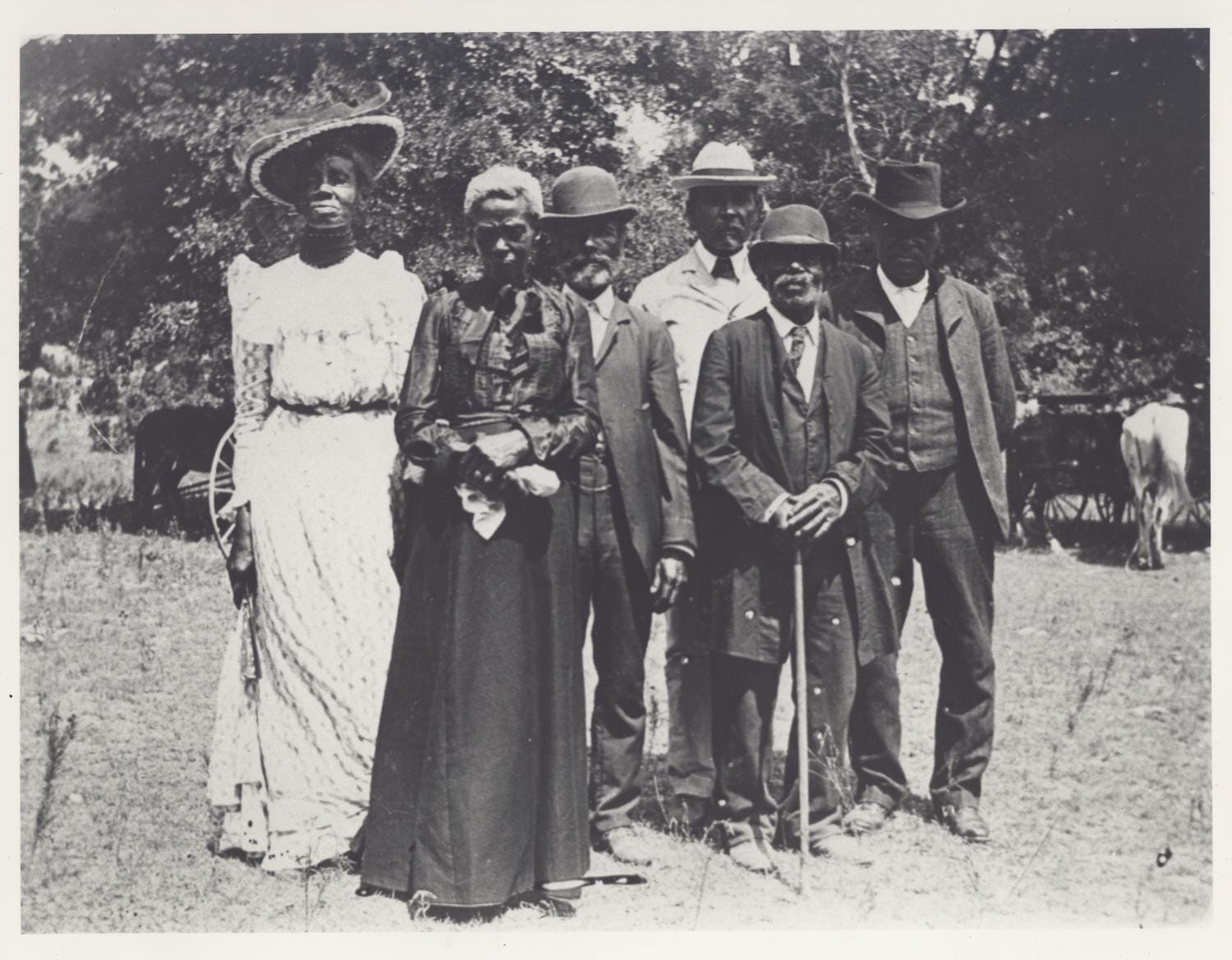
Park hotspots’ real-life creatures have superpowers, too
Park hotspots’ real-life creatures have superpowers, too
Pokemon Go is the virtual reality craze sweeping the nation—with some surprising side-effects. Even the most screen-addicted players say the game is encouraging them to venture out of the house and explore neighborhood "hotspots," often located in local parks. From New York City to Chicago, parks across the country are receiving an influx of visitors on the hunt for digital creatures visible only through their screens.
Whether you're totally over the trend or you're caught up in it yourself, you've got to hand it to a game that can convince park-shy people to get outside. Players who come looking for a Charizard or a Jigglypuff might very well discover something else: even the smallest city playground is home to creatures with some amazing abilities you can see with your own eyes.
Squirrel
- Deception: Squirrels put on elaborate shows of pretending to bury food—all to confuse other animals trying to discover their stash.
- Semaphore: By twitching their tails, squirrels signal danger to other squirrels without drawing too much attention to themselves.
- Zig-Zag: Squirrels' erratic pattern of movement is meant to confuse predators: you never know which way they're headed.
Ant
- Super-Strength: Ants can carry more than 50 times their own body weight.
- Chemical Code: Ants communicate by secreting chemicals that signal specific message (like "I found the food!" or “Bad guy alert!”). Ants from the same nest recognize specific chemicals on each others’ bodies.
Bee
- Magic Potion: People disagree on whether honey is a true "superfood," but it sure does taste good on toast. A typical hive can produce up to 400 pounds of honey per year.
- Flying Farmer: Worker bees—which venture out of the hive in search of nectar—are all female. As they buzz from flower to flower, these industrious insects pollinate hundreds of fruits and vegetables that support human diets, from peaches and melons to onions and tomatoes.
- Master Architect: Bees make hives to store honey and to sustain and house the colony through the winter. The hives are a network of thousands of hexagonal tubes made of wax, which bees produce from a gland in their abdomens.
Deer
- Levitation: Most adult deer can clear a six-foot fence from a dead stop.
- Battle Helmet: Male deer grow a new set of antlers each year. In general, the older the deer, the larger the antlers he can grow. In the fall, some deer will wield their antlers against rival males in a battle for mates.
Pigeon
- Navigation: An Oxford University study over the course of a decade found that pigeons use human roads and signs as reference points, even changing direction at highway intersections.
- PhD: Pigeons can be trained to distinguish between letters of the alphabet and between different people in photographs. Unlike household pets like cats and dogs, they can even learn to pass the "mirror test," recognizing their own reflection.
- Loyalty: Pigeons mate for life. Both parents take turns keeping their eggs warm and feeding the chicks once they hatch.
The best part about visiting a park to see these superpowers in action? You don't have to download anything! Of course, you shouldn't literally try to catch these (or any) real-life creatures—but if you can capture them on camera, we'd love to see the shot. Send your photos our way on Facebook.
One-third of Americans, including 28 million children, lack safe, easy access to a park within a 10-minute walk of home. Urge your senators to allocate funding to create parks and enhance outdoor recreational opportunities by championing the Outdoors for All Act today!


Donate to become a member, and you’ll receive a subscription to Land&People magazine, our biannual publication featuring exclusive, inspiring stories about our work connecting everyone to the outdoors.
See how our supporters are helping us connect people to the outdoors across the country.











